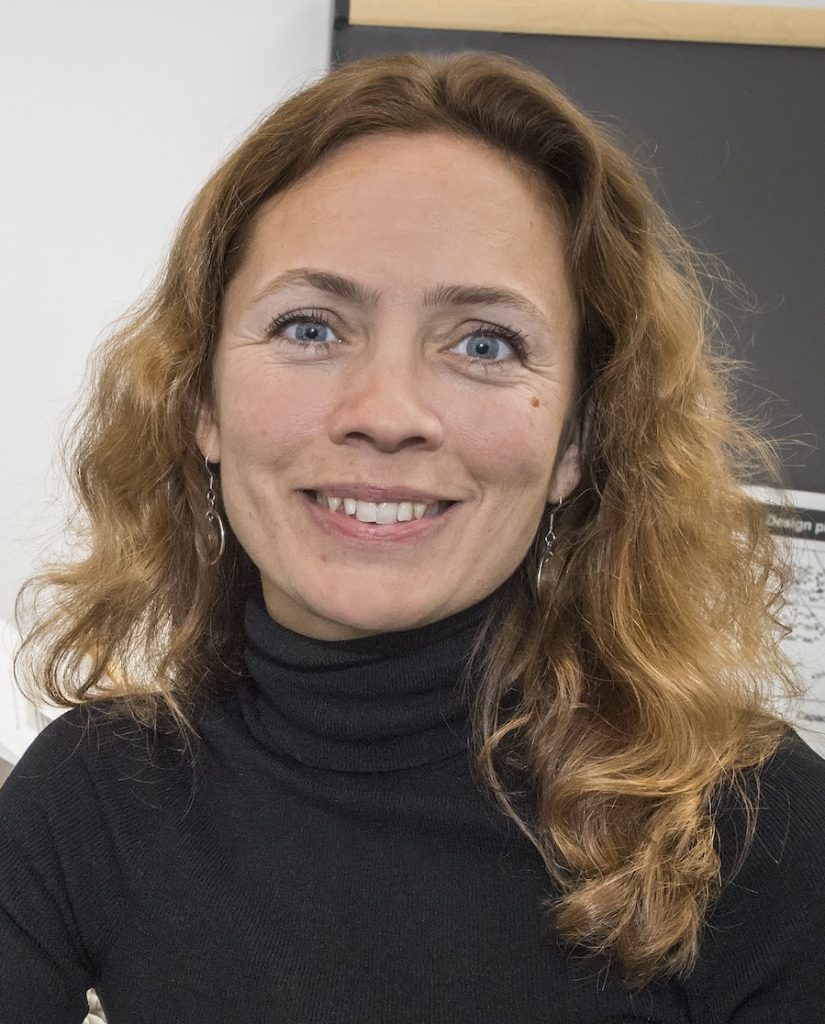
Dear Foundry Community,
As we near the end of 2021, we look back at another year that was far from the norm. The constant dance of navigating the changing landscape of the pandemic kept us on our toes, but through it all, it’s clear that there are reasons for optimism.
In FY2021 (Oct 2020 – Sep 2021), the Foundry supported 654 users, an impressive number given the limitations to our operations. I am proud of our investments and innovations in remote access that will certainly continue to extend and diversify the Foundry’s impact around the world. Over a third of last year’s users took advantage of these new capabilities, representing nearly 92 institutions across 18 states and 19 countries! These collaborations also yielded an estimated 375 publications, where 52% were high impact (I.F. >7 as defined by DOE), including several which were featured on the covers of Science and Nature. You can read about these and more on the Foundry website, review our new, interactive factsheet for FY2021.
Earlier this month, I had the opportunity to introduce Deputy Secretary of Energy David Turk to the Molecular Foundry and share with him our achievements and how we are working to support the DOE’s goals for decarbonization and clean energy, as well as advancing fundamental science. Much of the research conducted by Foundry staff and users has great potential for impacting everyday life, and this is highlighted by our researchers’ innovations winning two 2021 R&D 100 awards: one for a new lithography photomask absorber material for next-generation lithography photomasks, and another for creating a novel cathode material from layered rocksalt oxides.
As I’ve mentioned previously, earlier this year the Foundry embarked on a strategic planning exercise that gathered input from across the Foundry community. We unveiled the finished product, featuring five new research themes, last month. This newly updated strategic plan will act as a guide as we continue on our mission to enable extraordinary ideas regardless of their origin, and will be reviewed annually to evaluate the novelty, relevance, productivity, and impact of the research themes. I invite you to read the plan and reflect on our directions and importantly, we very much welcome your input as a valued partner on this journey.
A significant part of making the scientific goals described in the strategic plan a reality is ensuring that the Foundry hosts a diverse staff and collection of tools that enable us to stay leading edge of nanoscale research. You can hear about some of our current staff and instruments in our new video series, Foundry Fireside, which was released in celebration of National Nanotechnology Day.
We also have an opportunity to bring new staff onboard through a number of current active searches, including a technical staff position in the nanofabrication facility and a scientific staff position in the biological facility that will be a novel joint appointment with the Joint Genome Institute. These searches are coming to a conclusion and we are looking forward to introducing you to the newest members of our team very soon. We will also be opening a new search for a scientist in the nanofabrication facility, as well as an administrative assistant position in our User Program Office in the coming weeks, and we would invite you or those in your network to consider these exciting opportunities to join our team. Keep an eye on our careers webpage for updates and please feel free to share them liberally!
I’m also pleased to announce several new capabilities that are recently or soon will be available to our user community. The Nanofabrication facility has completed installation of a new electron beam lithography system that is now available to our users. In our Imaging facility, we have been working on installing the new custom QSPLEEM, an instrument which will offer unique capabilities for multimodal correlation microscopy and spectroscopy. In both of these cases, they are the result of large infrastructure investments by the DOE to enhance the Foundry’s ability to facilitate high impact user research in QIS and help lead the nation’s push in this exciting field.
I am extremely proud of what we have all accomplished together and look forward to next year. Throughout this fall, we have been welcoming more and more of our users back onsite, and we are enthusiastic about the positive change that has brought to the halls of the Foundry. Once again, staff and users are freely exchanging ideas and benefiting from the multidisciplinary collaborative culture that we are known for. Vaccinated users are allowed to come onsite following the current guidelines available on our website and Berkeley Lab’s COVID site. Judging from our fall proposal call, where we received 280 proposals, we will be seeing many more of you soon.
We will continue to keep lines of communication open as we chart our path in the ‘new normal’. One great way to get involved is through our User Executive Committee (UEC) that serves as the collective voice of the community. Nominations, including self-nominations, are open now for the six available positions and I encourage you to participate.
All the best,
Kristin

